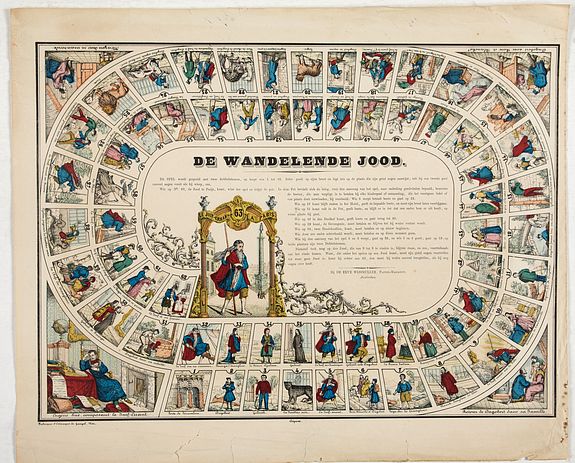Board Games
"Games hold a mirror to civilization; they build bonds, trust and strengthen social relationships." according to the major collector Prof. Adrian Seville of London.
The most common game-play setup, used in board games even today, comes from an Italian game known as Goose, which originated in the late 1500s. This game, popular all over Europe in the 1600s, depends on luck instead of skill. The players race around a track divided up into 63 sections, and players spin a wheel or roll dice to move a certain number of spaces—the goal is to get to the end first.
Some sections are labeled with instructions to move forward or backward, while landing on a “goose” section gives the player another roll or spin.
There are various types of games; some represent events and characters in history. Such games were devised specifically for the education of young children.
Not all early board games had a moral lesson in mind. Some offered clever ways to gamble, where players start by putting in their stake and trying to win the whole pot. Many others simply seem to be a way to pass the time and enjoy the often colorful and detailed illustrations.
Brepols & Dierckx zoon (Turnhout, Belgium) and Pellerin (Epinal, France) produced, besides popular prints also, Goose games and lithographs of religious and historical content intended for the everyday consumer. During the Napoleonic wars, these images became extremely popular as Pellerin's printing house, Imagerie d'Épinal, cornered the market on commemorative historical prints. During the Great War, the traditional style of these prints appealed to French artists looking to show their patriotism, as in the eyes of an increasingly anti-German public, the image d'Épinal came to represent a distinctly French product unmarred by foreign influence. The prints had a further appeal in that their minimalist form allowed many artists to stay true to the modernist ideals of their time.
